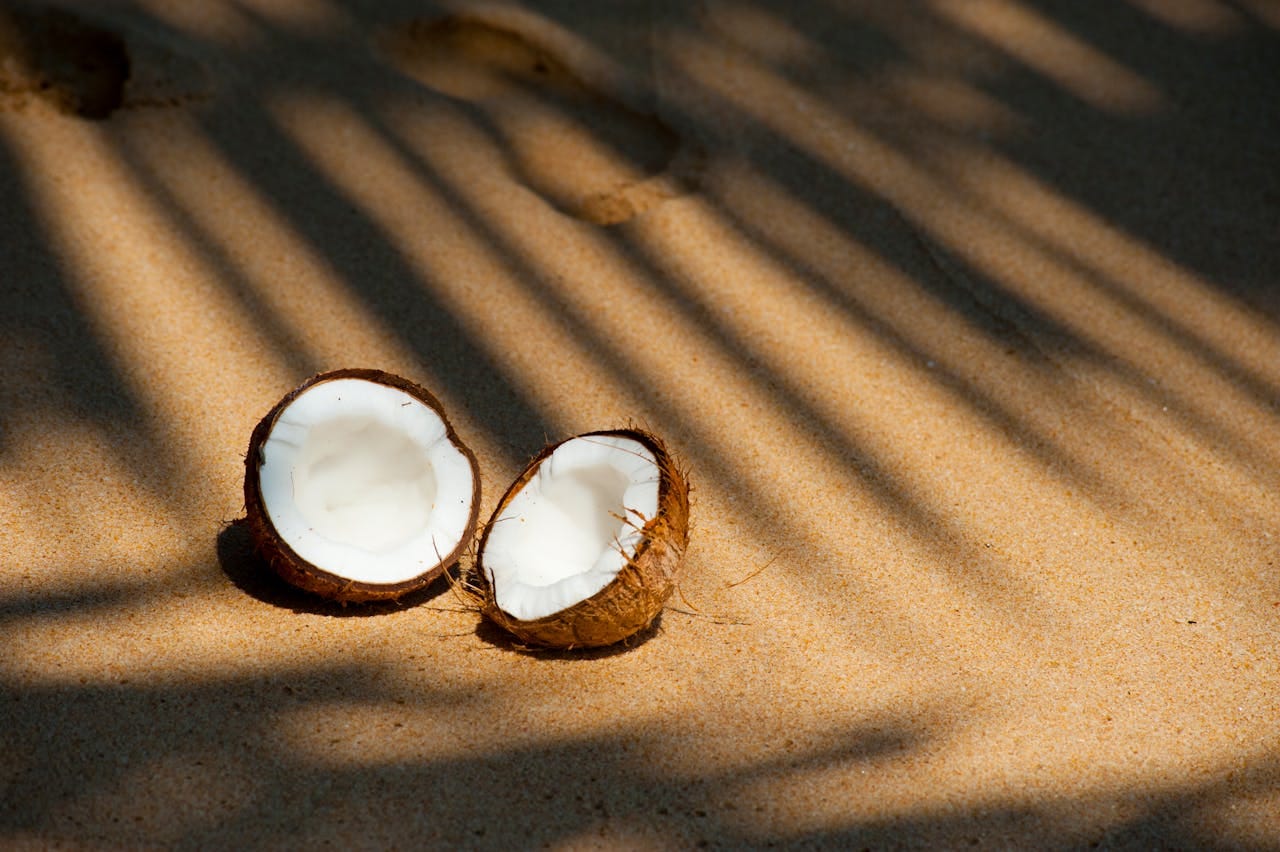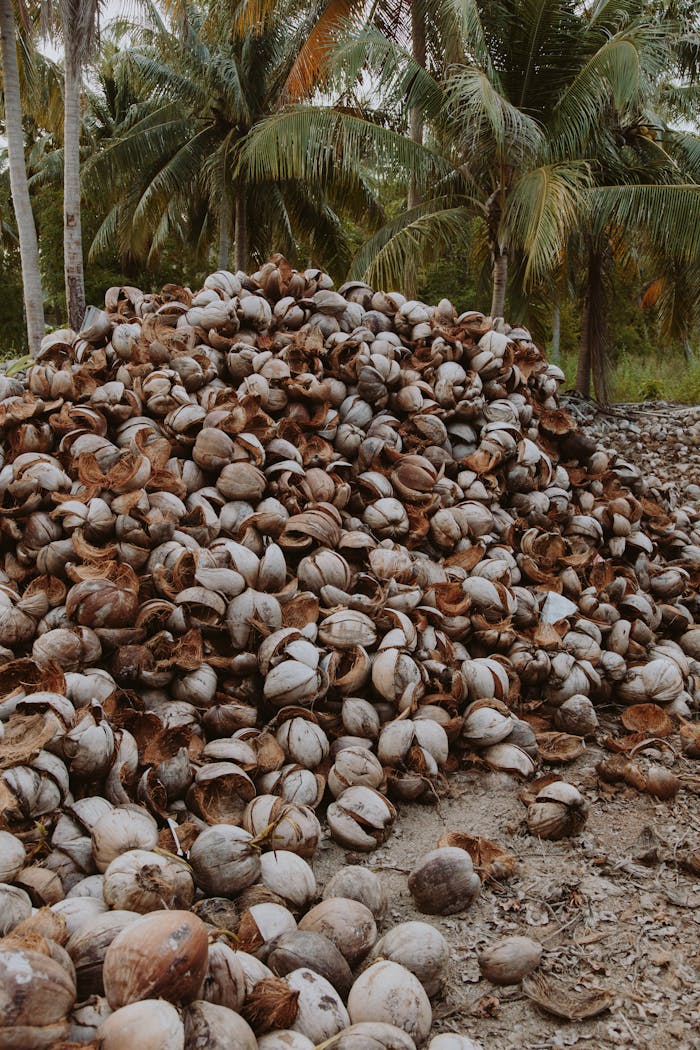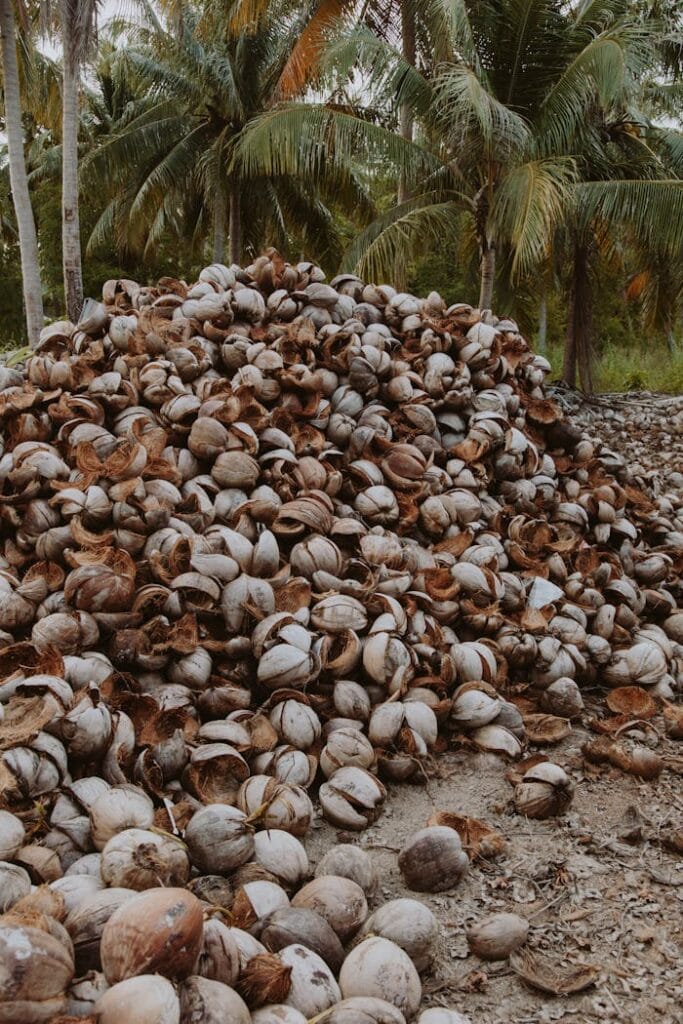Coconut sugar, a natural sweetener gaining popularity among health-conscious consumers, is not only delicious but also sustainably produced. Unlike refined white sugar, coconut sugar retains nutrients and undergoes minimal processing. But have you ever wondered how this golden, caramel-like sugar is made? In this comprehensive article, we take you through the fascinating journey of how coconut sugar is made — from flower to crystal.
What Is Coconut Sugar?
Coconut sugar, also known as coconut palm sugar, is made from the sap of the flower buds of the coconut palm tree (Cocos nucifera). It’s not derived from the coconut fruit or the flesh, but from the nectar found in the tree’s flower blossom. The final product resembles brown sugar but has a more complex flavor and contains trace minerals.
Nutritional Advantages
- Contains small amounts of iron, zinc, calcium, and potassium
- Has a lower glycemic index than white sugar
- Retains polyphenols and antioxidants
Step 1: Tapping the Coconut Flower
Harvesting the Sap
The production of coconut sugar begins with the tapping of the coconut palm’s flower. Farmers carefully select mature coconut palms that are at least 4–5 years old. A flower bud, which looks like a thick, spear-like shoot, is cut at the tip. A container is tied below the cut to collect the nectar, also known as “toddy” or sap.
Timing and Frequency
Tapping usually takes place twice a day — once in the early morning and once in the late afternoon. A single tree can yield about 1 to 2 liters of sap per day depending on the season and care of the tree.
Step 2: Collecting and Filtering the Sap
The collected sap is milky white and slightly sweet. It’s gathered from multiple trees and then filtered to remove any impurities like dust, insects, or plant debris.
Hygiene Matters
Maintaining cleanliness during this stage is crucial to avoid spoilage. Stainless steel containers are often used to prevent chemical reactions and contamination.
Step 3: Heating the Sap
Evaporation Process
Once filtered, the sap is poured into large, shallow pans and heated over a wood-fired stove. The goal is to evaporate the water content from the sap. The heat must be carefully controlled to avoid burning and to ensure proper caramelization.
Stirring and Monitoring
The sap is stirred continuously to prevent sticking and ensure even heating. As the sap thickens, it turns from milky white to a rich golden brown.
Step 4: Caramelizing the Syrup
At this stage, the sap has thickened into a viscous syrup. The temperature is gradually increased to allow caramelization — a chemical reaction that enhances the color, flavor, and aroma of the syrup.
Key Considerations
- Temperature control is essential
- Overheating can burn the syrup, while underheating may result in a sticky, undercooked product
Step 5: Cooling and Crystallizing
Once the syrup reaches the right consistency, it is removed from heat and poured into molds or trays for cooling. As it cools, the syrup begins to crystallize into solid sugar.
Granulation Process
After the cooled mass hardens, it’s broken down into granules or ground into a finer texture, depending on the desired end product. The final product resembles golden-brown sugar but has a more complex flavor profile.
Step 6: Drying and Packaging
Moisture Removal
To increase shelf life, the coconut sugar is often sun-dried or dehydrated using commercial dryers. This step reduces residual moisture and prevents clumping.
Final Packaging
Once fully dried and granulated, the sugar is weighed and packaged in food-safe, often eco-friendly packaging. Some producers also vacuum-seal or nitrogen-flush the packages to retain freshness.
Sustainability of Coconut Sugar Production
Eco-Friendly and Low Impact
Coconut sugar is considered a sustainable sweetener because it doesn’t require tree felling. One tree can produce sap for up to 20 years. Additionally, it requires minimal water and often grows in mixed-agriculture environments.
Supporting Local Farmers
In many coconut-growing regions like Indonesia, the Philippines, and Thailand, coconut sugar production provides a reliable source of income for smallholder farmers.
How Coconut Sugar Differs From Other Sugars
| Type of Sugar | Source | Processing Level | Glycemic Index | Nutrients |
|---|---|---|---|---|
| Coconut Sugar | Coconut flower sap | Low | ~35 | Yes |
| White Sugar | Sugarcane/beets | High | ~65 | No |
| Brown Sugar | White sugar + molasses | Medium | ~64 | Minimal |
| Maple Syrup | Maple tree sap | Medium | ~54 | Yes |
| Agave Nectar | Agave plant | High | ~60 | Minimal |
Best Uses for Coconut Sugar
- Baking: Works well as a 1:1 substitute for brown sugar
- Coffee and Tea: Adds a rich, caramel flavor
- Sauces and Dressings: Enhances flavor in marinades, BBQ sauces, and Asian dishes
- Oatmeal and Smoothies: A nutritious way to sweeten breakfast foods
Buying and Storing Coconut Sugar
What to Look For
- Certified organic
- No added preservatives
- Uniform granule size
Storage Tips
- Store in a cool, dry place
- Keep in an airtight container to prevent moisture absorption
- Shelf life: Typically 1–2 years when stored properly
Final Thoughts
Coconut sugar is more than just a trendy alternative to refined sugar — it’s a traditional, eco-friendly, and nutrient-rich sweetener that has stood the test of time. Understanding how coconut sugar is made — from the flower of the coconut palm to the golden crystal in your pantry — helps us appreciate the labor, skill, and sustainability involved in its production.
Whether you’re switching for health reasons or seeking more natural options in your kitchen, coconut sugar is a smart and flavorful choice.




